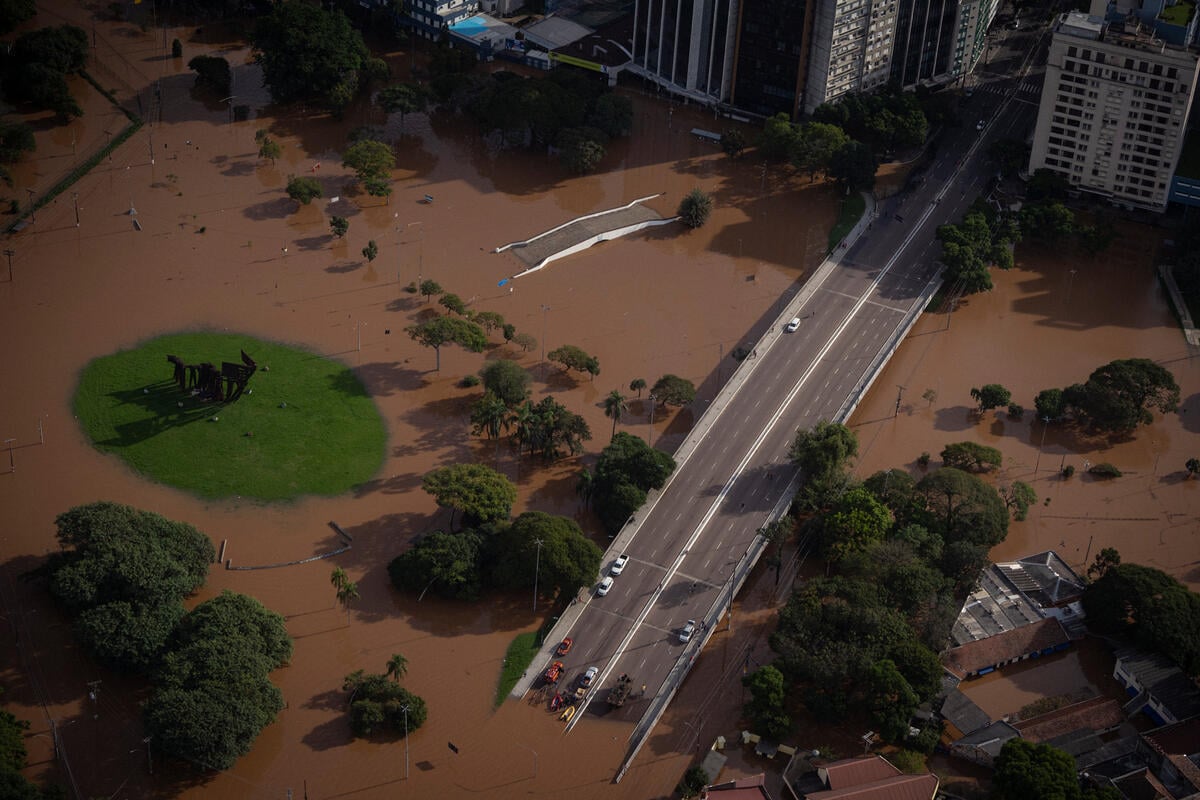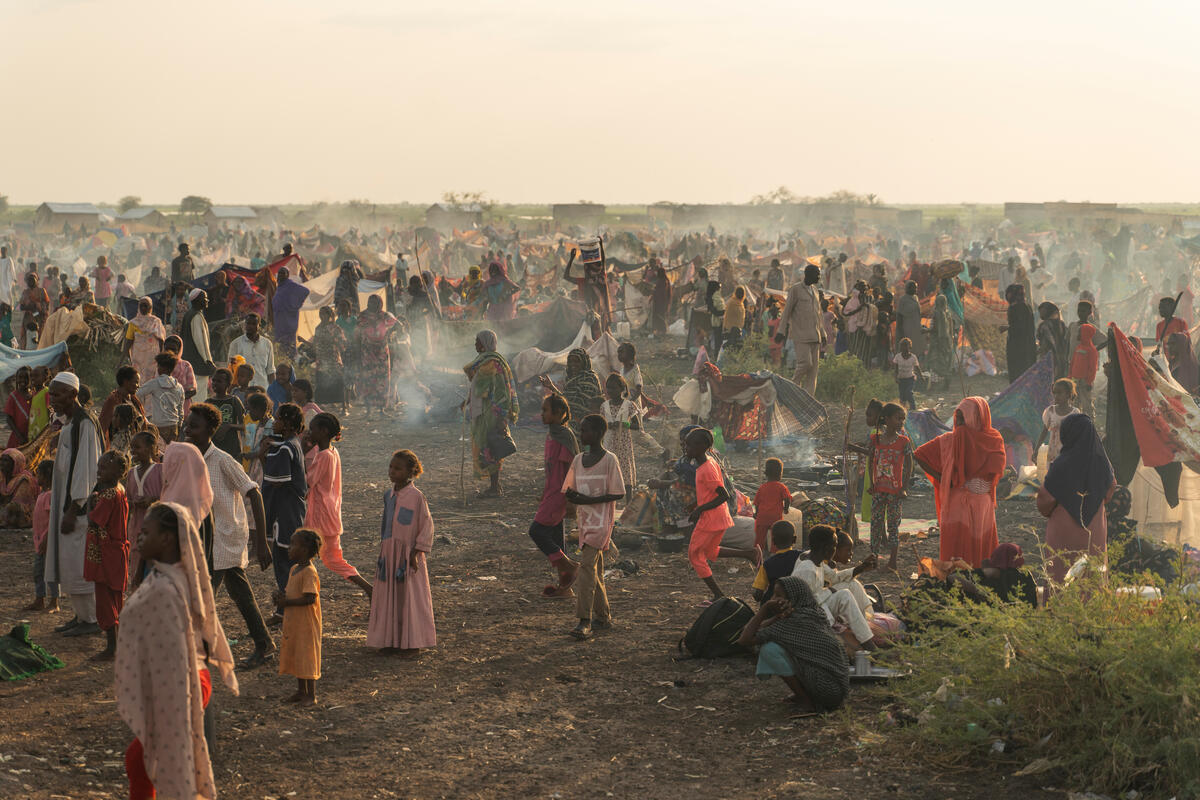UNHCR identifies south Sudan office site, plans to visit recent arrivals
UNHCR identifies south Sudan office site, plans to visit recent arrivals

RUMBEK, Sudan, March 17 (UNHCR) - The UN refugee agency has identified sites for new offices in south Sudan, accelerating efforts to re-establish a presence in that part of the war-torn country after an absence of 15 years.
An advance team of UNHCR aid workers plans to have a group of six tukuls (traditional dome-shaped shelters) in Rumbek ready for occupancy as offices by the end of this month. This will give the agency a foothold from which to cover broader areas of the vast region.
The move comes as UNHCR prepares for what it believes will be one of its largest refugee repatriation operations this year - pending the signing of a peace agreement between the government and southern rebel groups.
Peace talks now going on in the Kenyan town of Naivasha have already reached agreement on wealth-sharing, and now are focusing on the status of three disputed areas - Blue Nile, Abeyei and the Nuba mountains.
Significant progress in the peace talks at the end of last year and the beginning of January raised hopes that two decades of war in Sudan are nearing an end. UNHCR has already prepared a repatriation plan that foresees the return of more than 150,000 refugees from neighbouring countries in the first 18 months of peace, plus another 80,000 displaced persons from the same communities who would also benefit from its aid.
It is estimated that the 20-year civil war in Sudan has uprooted more than three million people inside the country, while some 600,000 are living in neighbouring states as refugees. The largest number are in Uganda (223,000), followed by Ethiopia (88,000), the Democratic Republic of the Congo (69,000) and Kenya (60,000).
A UNHCR logistics team is also examining the state of roads in south Sudan that would be used by the refugee agency to bring refugees home by truck.
Because of years of fighting and neglect to infrastructure in the south, the UNHCR emergency team has found that considerable investment will need to be made to bring roads, schools, water points and medical services up to a standard to support the refugees when they return home.
Education remains a particular concern for Sudanese refugees, who receive free schooling - under various systems - in UNHCR camps in countries bordering Sudan. The UN emergency team has been told by south Sudanese authorities it will take up to four years to formulate a common curriculum in all south Sudan schools.
On other matters, the south Sudanese civilian authorities have asked the agency to move away from the frontier with Ethiopia thousands of people who have recently arrived in the border town of Pochalla. UNHCR estimates the number of recent arrivals there at up to 7,000 or 8,000 people.
The recent arrivals are Ethiopian and Sudanese Anuaks who have fled violence that has been going on in western Ethiopia since mid-December. It is unclear how many are Sudanese - former refugees in Ethiopia - and how many are Ethiopians who have now become refugees in Sudan.
UNHCR, other UN agencies and non-governmental organisations plan a mission to Pochalla next Monday to assess apparently rising tensions between the host community and the refugees and to make recommendations as to where the refugees should be settled.







